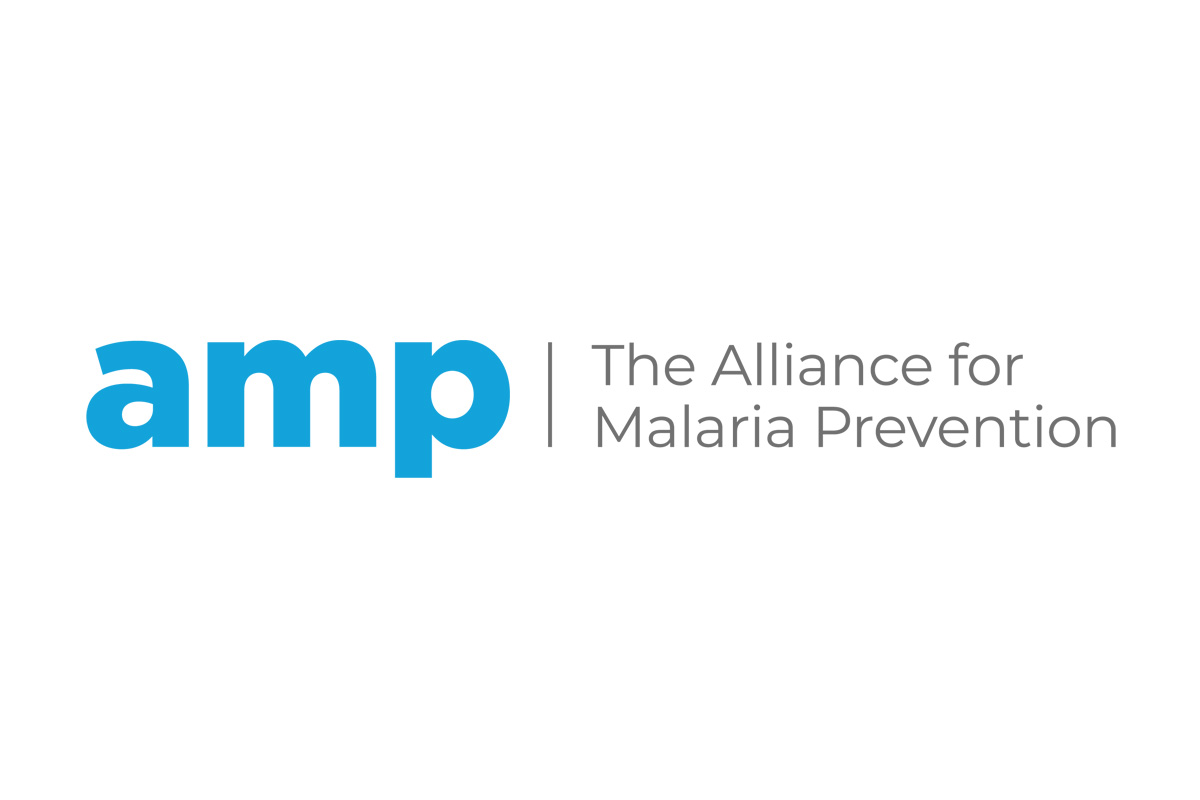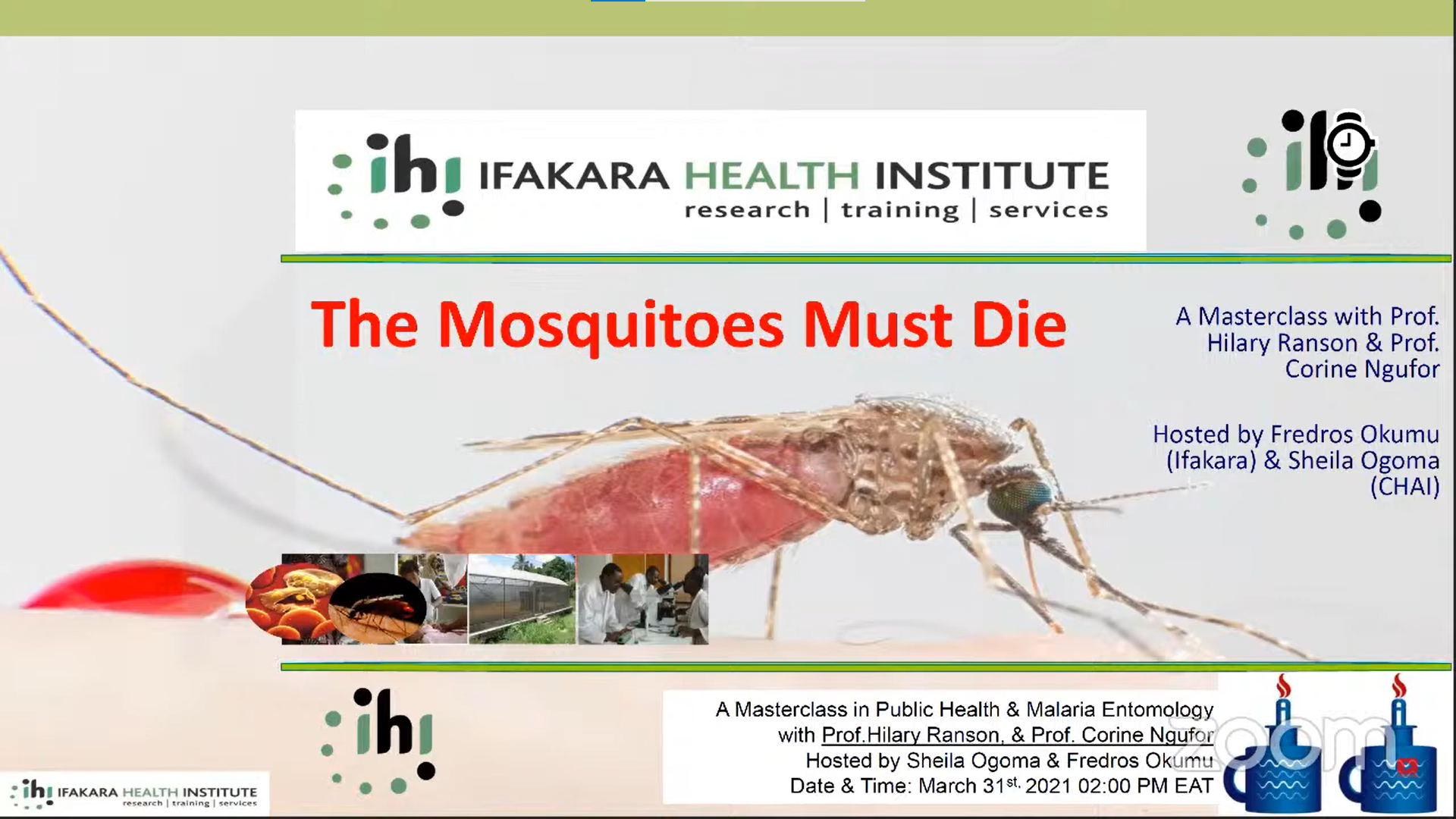Last Updated: 29/01/2025
Understanding the drivers of persistent malaria transmission in a region targeted for elimination in southern Mozambique
Objectives
The aim of this project is to assess the persistent malaria transmission and its determinants, to inform a more effective future of vector control in the area.
Mozambique aims to eliminate malaria in several low transmission zones between 2020-2025 by intensifying core malaria intervention measures including universal coverage with long-lasting insecticide-treated nets (LLINs) and indoor residual spraying (IRS). Successful efforts will also aid in the elimination efforts in neighboring South Africa and eSwatini. Persistent residual transmission remains a major stumbling block for elimination. Yet, Mozambique is still the 6th highest in the number of malaria cases globally, indicating a much greater need to suppress transmission before we can consider elimination. Recent local surveillance indicates that both primary and multiple secondary malaria vector species are regularly collected. The role of secondary vectors in malaria transmission is understudied in Mozambique. Experimental hut and larval ecology studies conducted during the researcher’s Ph.D., further corroborate the “ubiquity” of diverse Anopheles species present in Mozambique. Another challenge identified during the researcher’s recent study in two districts in the region indicated that communities modify IRS sprayed surfaces post-spraying. It can be hypothesized that shifts in vector and human behavior, secondary vectors, and increased spread of insecticide resistance are the major barriers to elimination.
May 2022 — Mar 2026
$387,667

